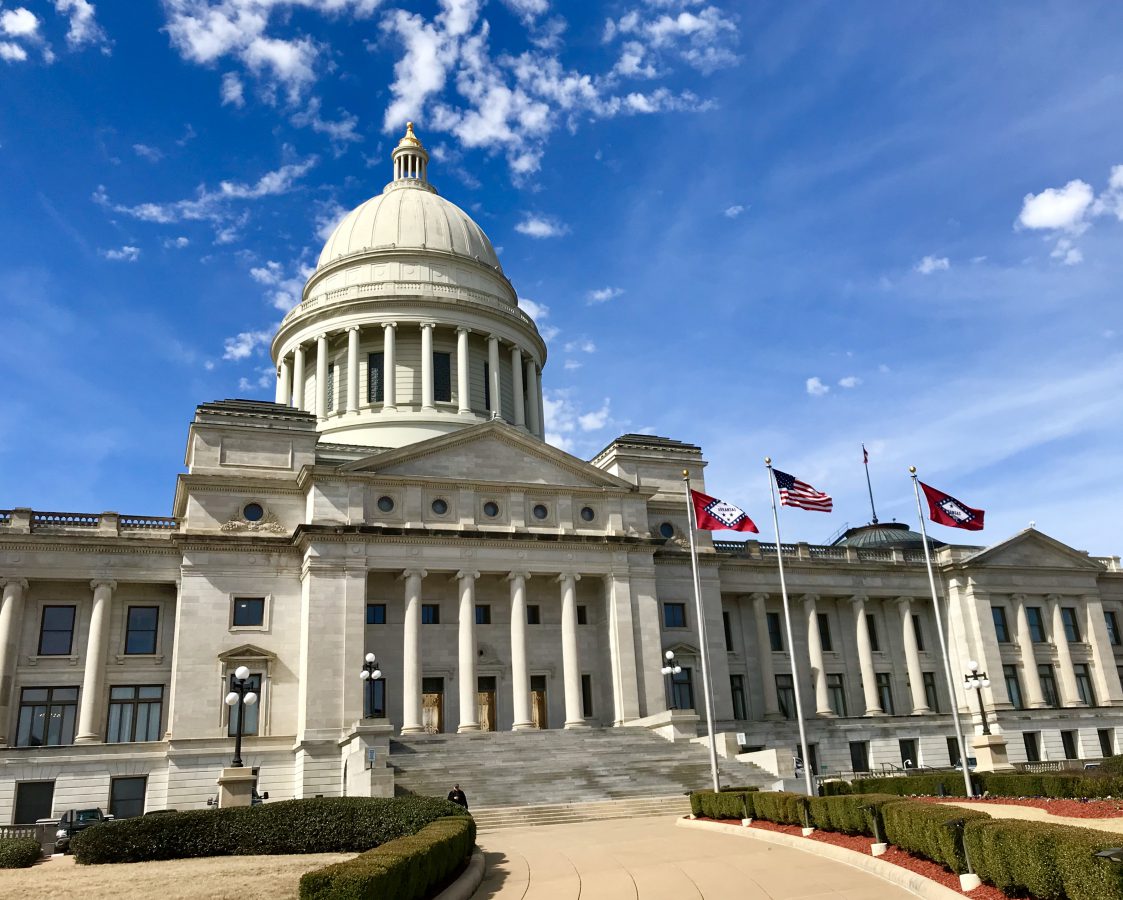
Arkansans enrolled in commercial health insurance through premium assistance from the state’s Medicaid expansion program received greater access to preventive care than those covered by Medicaid between 2014 and 2016, according to a recently published study by researchers with ACHI and the University of Arkansas for Medical Sciences (UAMS).
“Higher Rates of Preventive Health Care with Commercial Insurance Compared with Medicaid: Findings from the Arkansas Health Care Independence ‘Private Option’ Program” has been published on the website of the journal Medical Care. The lead author is Anthony Goudie, PhD, director of research and evaluation at ACHI and an associate professor in the Department of Health Policy and Management in the College of Public Health at UAMS.
The study looked at the relative rates at which preventive services were provided to people insured through Arkansas’s innovative Medicaid expansion program ― which provides commercial insurance rather than traditional Medicaid coverage to low-income adults ― and people newly insured through traditional Medicaid during the first three years of the expansion program’s operation. The findings were released previously in a report evaluating the expansion program, informally known as the Private Option.
Compared with Medicaid enrollees, a higher percentage of commercially insured adults received all eligible preventive care screenings in the first three years of the program, the study found. Also, for individual recommended screenings and assessments, a higher percentage of commercially insured people received flu shots, cholesterol screenings, glycated hemoglobin assessments, and cervical and breast cancer periodic assessments.
“These findings suggest that at least for preventive services, the Medicaid federal equal access requirement is not being met for those within Medicaid fee-for-service coverage,” the report states. “This persisted across all three years of the program. Differential payment rates for services between Medicaid and [commercial plans] are likely a major contributing factor.”
The report notes that the findings support the need for continued monitoring.






